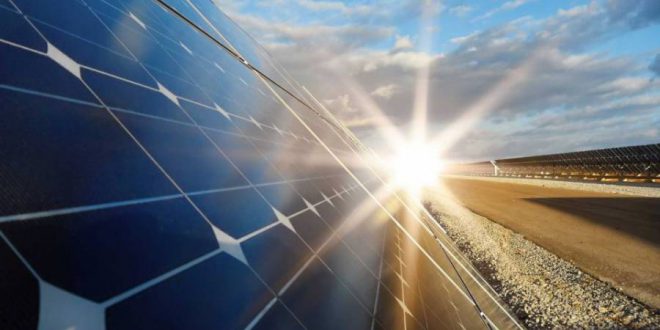China’s efforts to reduce chronic air pollution could increase its ability to generate solar power by up to 13% by allowing more sunlight to reach the earth. according to a new study published on Tuesday.
China’s so-called photovoltaic potential fell by an average of up to 15% between 1960 and 2015 as a result of pollution. climate researchers from Switzerland. the Netherlands and China said in a report published by the Nature Energy journal.
Reverting back to 1960s radiation levels could increase power generation by 12% to 13%. the researchers said. boosting Beijing’s efforts to increase solar’s contribution to the national grid and bring down costs.
China has been working to curb choking levels of pollution by cutting coal use. improving fuel standards and encouraging cleaner forms of industry and energy. Hazardous airborne particles known as PM2.5 fell by 42% in 74 major cities from 2013 to 2018.
The country’s total installed solar capacity stood at 170 gigawatts at the end of 2018. about 9% of total generating capacity. Solar last year produced 177.5 terawatt-hours of electricity. about 2.5% of the total.
China is keen to boost the profitability of solar firms in order to reduce the subsidies paid to renewable energy providers. with the rapid rise in new capacity creating a payment backlog expected to reach 60 billion yuan ($8.7 billion) by next year.
The average price paid to solar producers has already been cut from more than 1 yuan kWh in 2011 to around 0.3 yuan kWh this year.
Regulators said earlier this year that subsidies would be cut to zero by 2021 for onshore wind power generators. meaning they would sell power at the same price as traditional energy sources. Experts say solar could also reach “grid price parity“ very soon.
China is also launching a series of subsidy-free solar and wind power plants this year.
 Iran Energy News Oil, Gas, Petrochemical and Energy Field Specialized Channel
Iran Energy News Oil, Gas, Petrochemical and Energy Field Specialized Channel




